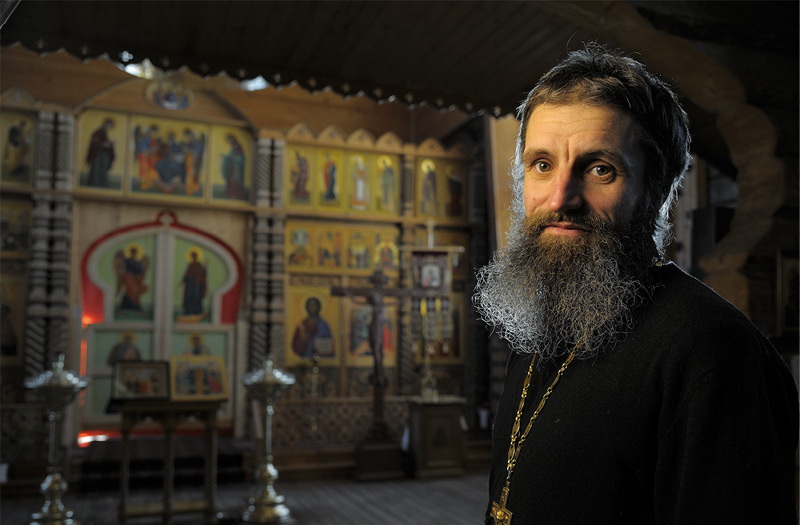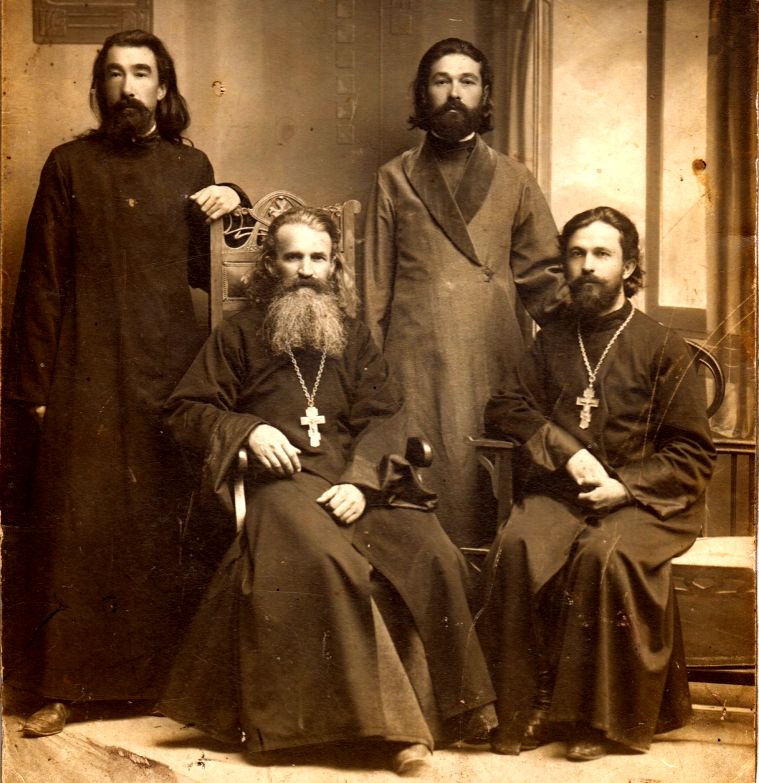
Nowadays, an Orthodox cleric can easily be distinguished from the crowd, thanks to his unusual clothes, both liturgical and everyday. At many of us the priest associates, first of all, with a black robe and beautiful brocade vestments. Why do priests still wear such out-of-date clothes? What is the story of her appearance? Is there any sense in wearing these different clothes? We will try to answer these and many other related questions in our material.
Since the early Christian times, the clergy stood out from among ordinary believers. Over time, this distinction became more and more noticeable, as secular clothing and fashion changed very quickly. But the attire of clergymen developed relatively slowly. Therefore, if for the inhabitant of the Byzantine Empire in his everyday costume the priest looked like everyone else, today, this is far from the case. So, what does the priest's wardrobe consist of? 
The clothes of the priest are divided into two groups: liturgical and everyday. The former are used only at the time of the celebration of the Liturgy or various tribes, and the latter - both in the temple and in the home. But they both have one purpose - to testify to the world about the rank and rank of the man wearing them, who must, both during service and in domestic life, bring the light of the gospel of Christ to people.
The priest's daily clothes consist of a cassock and cassock. Cassock is a long-to-heel garment, with a fastened collar and narrow sleeves, which is considered the priest's lower garment. The color of the cassock is more often black, although there are also white, gray, red cassocks, etc. On the Orthodox East and in Egypt, where the hot climate prevails, the cassock remains in the lower garment. In our latitudes, the cassock is usually worn over ordinary social clothes: shirts and trousers.
The very name of the cassock suggests the presence of a second garment - a robe , a long garment with wide sleeves. The cassock, as it were, covers the entire figure of the priest, and reminds him to be alien to all the sin that is in the world around him. In the East, cassocks are known for a long time, but in our country they begin to appear from the 15th century. Prior to that, the priests wore scrolls or single-ranks of a special cut and flowers, the collars of which were frayed with fur. In our time, these clothes are called winter cassock, and they are used in the cold season.
 In everyday life, the clergyman wears also a cloak - a hat that resembles a cap that easily folds. In ancient times, a small cup-shaped cap was called a bosom, which closed the tonsure - a circle shaved on the head of the clergy. Then they began to call the usual headdress of the clergy.
In everyday life, the clergyman wears also a cloak - a hat that resembles a cap that easily folds. In ancient times, a small cup-shaped cap was called a bosom, which closed the tonsure - a circle shaved on the head of the clergy. Then they began to call the usual headdress of the clergy. .jpg)
Pectoral cross , for most of us - an integral attribute of the priest, but the tradition of wearing it appeared recently. Even in the XVII century, only such bishops could wear such crosses. Already at the end of the XVIII - the beginning of the XIX century, chest crosses were given to some priests for a long service or for services to the church as a reward. In fact, the ubiquitous and mandatory wearing of pectoral crosses by priests was introduced by an imperial decree of May 14, 1896. According to this document, every priest during the ordination received a silver eight-pointed cross. The award-winning crosses also continued to be issued and preserved until our time.
Of course, one should not think that in a domestic setting clergymen wear all of the above vestments. Most priests at home wear ordinary mundane clothes, but on the street, some of the clergy wear a traditional spiritual dress, some - the usual modern clothes. However, if the priest performs or prepares for the performance of a sacrament, then, of course, he must be dressed according to his rank.
Liturgical vestments of priests do not exclude everyday clothes, but we'll talk about them in the second part of the article (to be continued) ...




